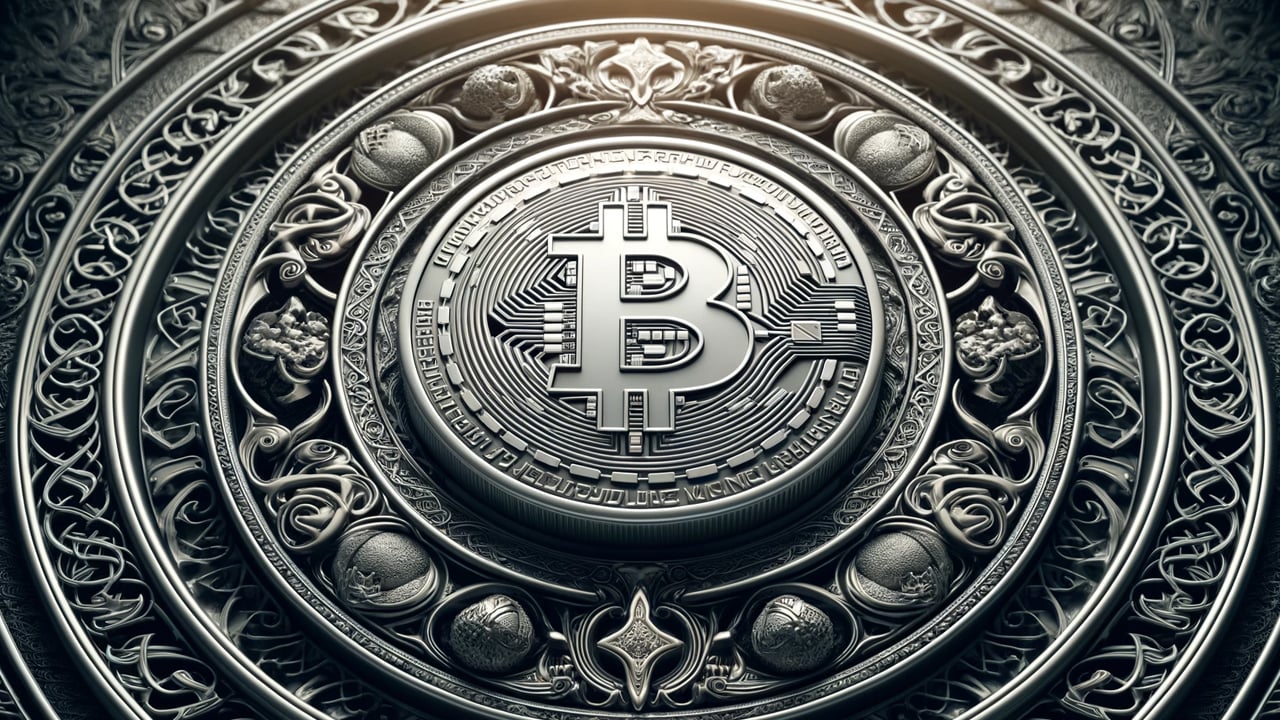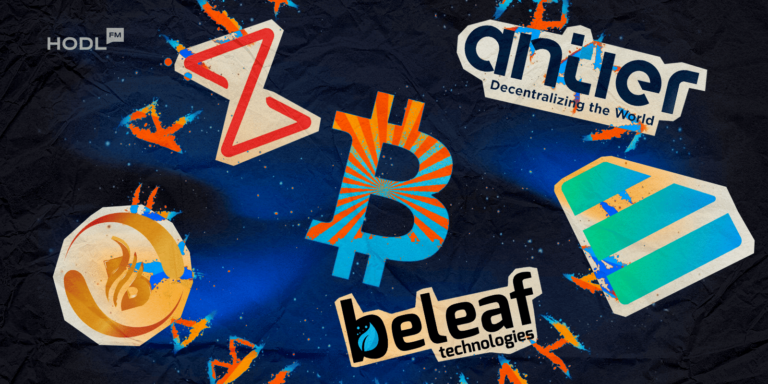The launch of Bitcoin’s new fungible token standard, Runes, took place late one Friday evening, coinciding with the halving event that occurs every four years. Immediate demand drove network fees to unprecedented levels not previously seen on the blockchain’s original network.
Related: Next Evolution for Bitcoin is Runes, Debuts Same Day as Halving
Why, you ask? Well, as some creators explained, seizing one of these early slots would give the project a sense of origin and might make it more appealing (and valuable) to traders. After all, we saw a similar scenario play out with NFT-like ordinals on Bitcoin last year: early registration numbers fetched hefty sums on secondary markets.

Runes represent a new token creation standard within the Bitcoin blockchain. The concept of Runes was conceived by Ordinals’ creator, Casey Rodarmor, and has been met with great enthusiasm since its announcement in September 2023. It is enabling people to mint NFT-like assets on the Bitcoin blockchain.
However, Runes differ from Ordinals in that instead of unique assets, the protocol allows people to mint tokens that aren’t unique like NFTs but can be traded. Think of large networks like Ethereum and Solana, where new cryptocurrencies emerge every day.
Early Runes Token Listings
The centralized exchange Gate.io has already listed three of the earliest Runes tokens on Bitcoin: SATOSHI•NAKAMOTO, MEME•ECONOMICS, and WANKO•MANKO•RUNES.
Now, let’s talk about WANKO•MANKO•RUNES. It’s an odd token, but the other two share something in common beyond their peculiar naming convention with inserted dots (due to protocol naming agreements): they are among the first 10 tokens minted using the Rune Protocol.
Among the notable Runes tokens engraved on the Bitcoin blockchain in this initial set of 10 projects are Rodarmor’s own inexhaustible UNCOMMON•GOODS (with an infinite supply), DOG•GO•TO•THE•MOON — soon to be moonshot air-dropped tokens tied to the Runestone Ordinals Project — and RSIC•GENESIS•RUNE, also linked to the air-dropped collection from Ordinals, RSIC.
Rumor has it on social media that the first 10 Runes tokens, some of which haven’t even been unleashed yet, are prime candidates for exchange listings. However, WANKO•MANKO•RUNES has already bucked this trend, perhaps because it stirred up some commotion inspired by a story written by Runes protocol creator Casey Rodarmor.
Centralized Exchange Engagement
The big players like Coinbase and Binance are centralized platforms, and interestingly, Binance’s weekend tweet is being interpreted by some traders as a sign of the exchange’s interest in Runes.
Currently just speculation, but Binance supports Bitcoin-based BRC-20 tokens. OKX, a centralized exchange, is engaging with Runes through its ‘Web3 trading platform,’ which enables peer-to-peer trading, but its main CEX has not listed any Runes tokens yet.
Centralized exchanges can help legitimize assets, pulling them out of the “degen” side of the crypto world and potentially putting them in front of a much larger audience. These exchanges are the mainstream platforms that require identifiers and customer information, unlike decentralized exchanges, where anyone can buy and sell tokens.
More Info on Bitcoin:
- Bitcoin Bounces Back to Record Price Levels
- What Determines the Price of Bitcoin?
- What Does Spot Bitcoin ETF Mean for Investors?
The idea behind Runes is that the same can be done with the largest and oldest crypto network. Last year’s experimental BRC-20 standard did almost the same thing, but Runes is considered a more efficient implementation, and some Bitcoiners believe it will be even more appealing. This might hold true if Runes are added by more centralized exchanges in the near future.
Disclaimer: All materials on this site are for informational purposes only. None of the material should be interpreted as investment advice. Please note that despite the nature of much of the material created and hosted on this website, HODL.FM is not a financial reference resource and the opinions of authors and other contributors are their own and should not be taken as financial advice. If you require advice of this sort, HODL.FM strongly recommends contacting a qualified industry professional.
